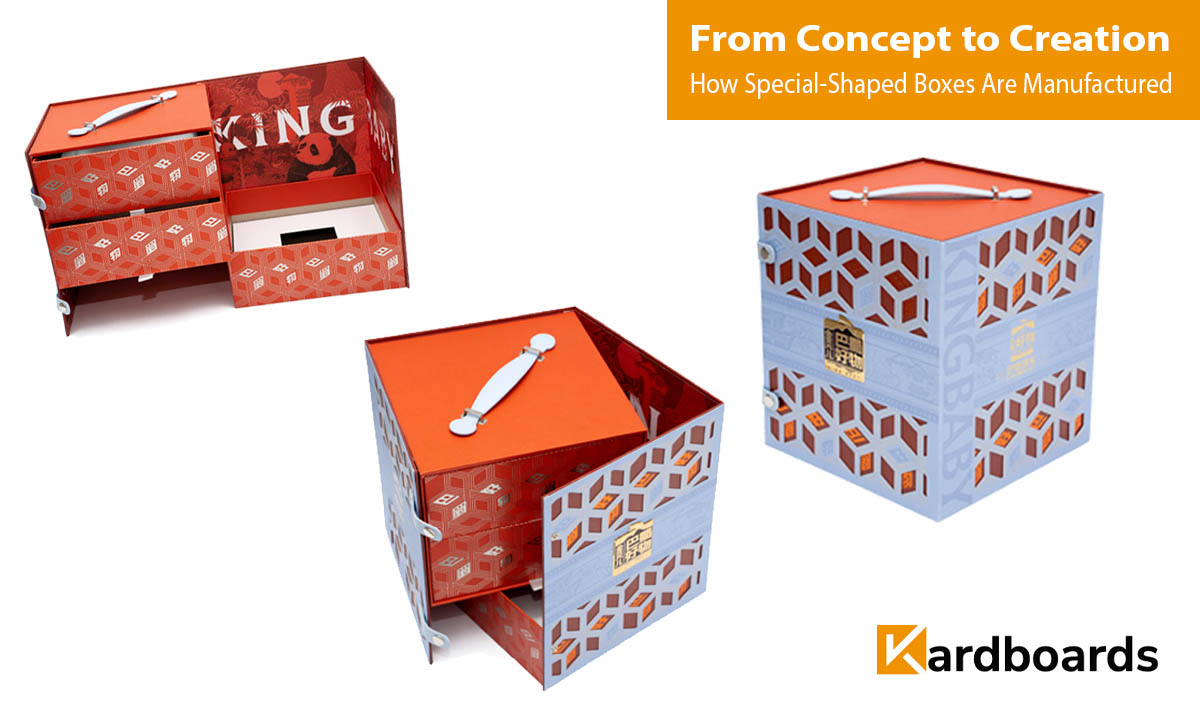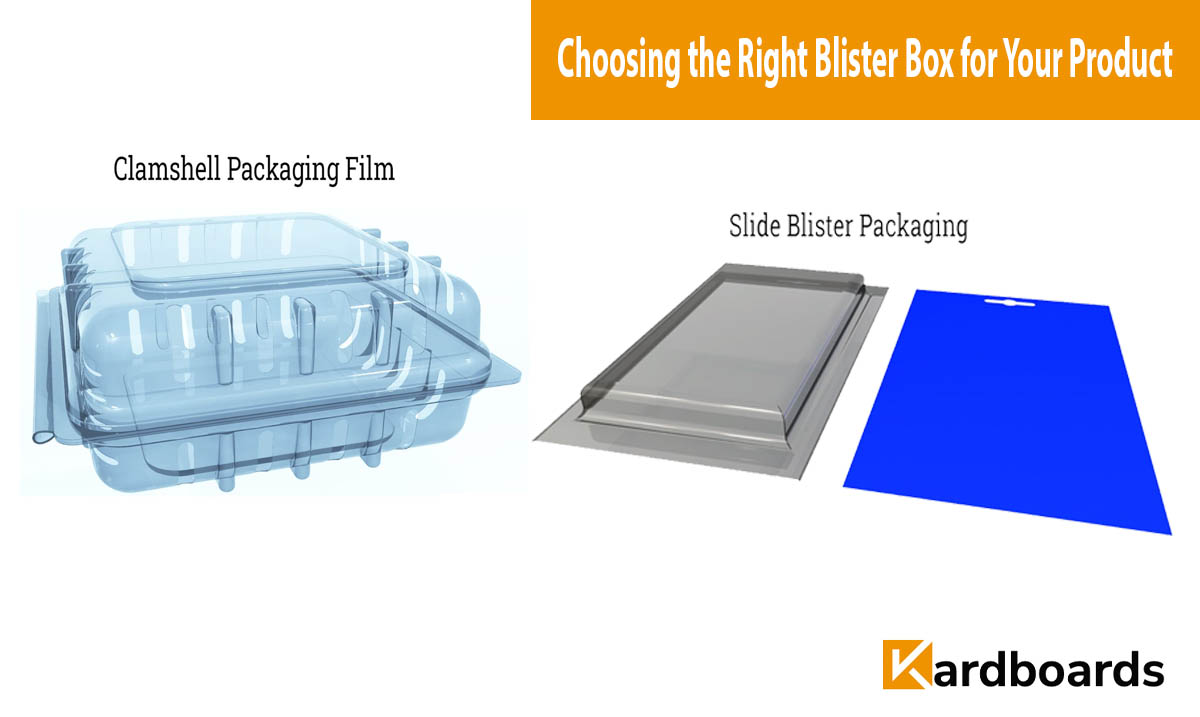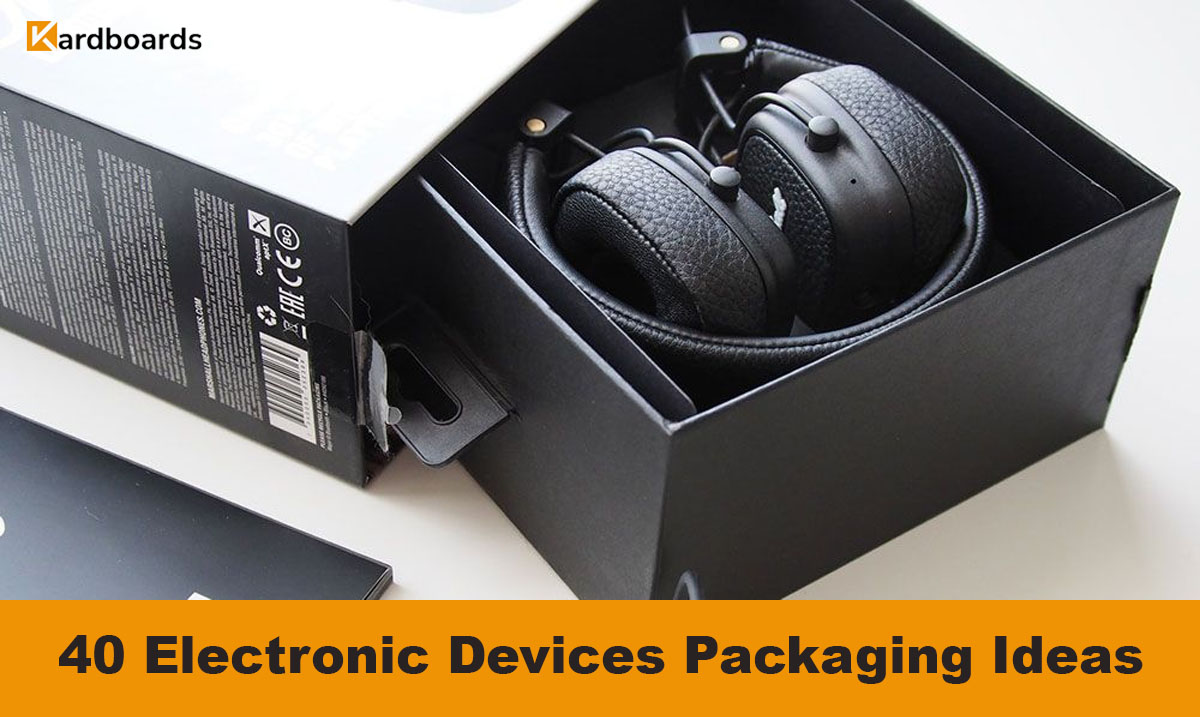
Special-shaped boxes go beyond standard packaging. They blend creativity and structure, turning a simple container into a storytelling piece that amplifies brand presence. At Kardboards, our manufacturing process combines artistry, technology, and sustainability to create truly distinctive packaging.
1. From Vision to Design Concept
The process starts with collaboration between design experts and brands. Using 3D visualization tools, we model various shapes, structures, and opening mechanisms to ensure both aesthetics and practicality. Clients can preview box prototypes digitally before production begins, minimizing waste and time.
2. Material Selection and Sustainability
Each design requires the right combination of material strength and finish. We prioritize FSC-certified paperboards, biodegradable laminates, and eco-inks for a reduced carbon footprint. These choices align with the growing demand for sustainable, eco-conscious packaging.
Kardboards ensures that every special-shaped box not only looks premium but also supports a greener future.
3. Precision Engineering and Cutting
Our production uses advanced CNC cutting and die-making systems that achieve millimeter-level accuracy. This ensures each curve, fold, and closure mechanism is perfectly aligned, even for the most intricate structures.
4. Surface Finishing and Customization
Once the box structure is set, surface treatments bring it to life. We offer:
- Foil stamping for a metallic luxury touch
- Embossing and debossing for tactile brand depth
- Matte and soft-touch coatings for elegance and durability
- Spot UV for highlighting logos or design elements
5. Smart Packaging Integration
In today’s connected world, Kardboards integrates QR codes, NFC tags, and AR-ready designs into special-shaped boxes, enabling interactive brand experiences and product traceability.
6. Quality Control and Assembly
Every box undergoes rigorous quality testing for durability, alignment, and appearance. Automated and manual checks ensure consistency across large production runs.
Partner with Kardboards
From design concept to manufacturing perfection, Kardboards delivers special-shaped boxes that captivate, protect, and communicate your brand’s story. We merge craftsmanship, innovation, and environmental responsibility to redefine what packaging can achieve.
Frequently Asked Questions
What materials are used in special-shaped boxes?
We use FSC-certified paperboards, recycled kraft, and biodegradable coatings to ensure strength, premium feel, and eco-friendliness.
Can I get custom shapes based on my product dimensions?
Yes. Our design team works with precise measurements and 3D tools to create shapes perfectly suited for your product’s form and function.
How long does the production process take?
Typically, 2–4 weeks depending on complexity, finishing requirements, and order volume.
Are eco-friendly finishes available for luxury packaging?
Absolutely. We offer water-based varnishes, soy-based inks, and recyclable laminates that maintain a luxury look while remaining sustainable.


